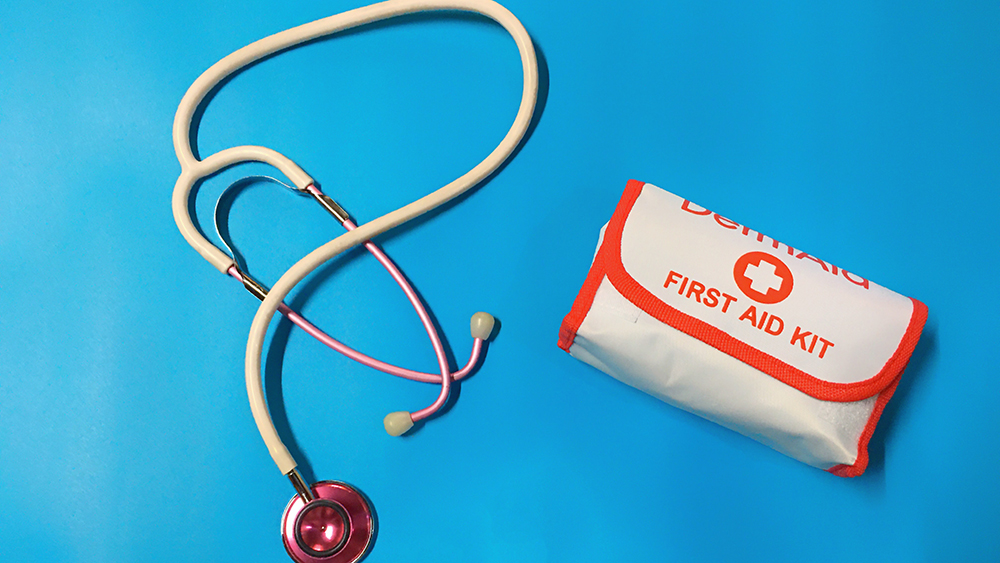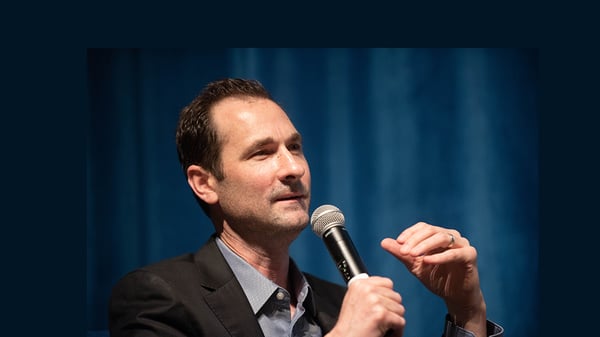Club baseball ended a five-year victory drought with a 6-2 win over the Ivy League University of...
First Down or First Aid?

On January 2nd, 2023, during a Monday Night Football game against the Cincinnati Bengals, 24-year-old Buffalo Bills safety Damar Hamlin suffered cardiac arrest after making a tackle.
Immediately following his collapse, cardiopulmonary resuscitation (CPR) and automated external defibrillation (AED) were quickly administered before he was rushed to a local hospital in critical condition.
Nine days after his cardiac arrest on the field, Hamlin was released from a medical center in Buffalo.
It is without a doubt that Hamlin received the best medical attention at a professional level. His heart had stopped. Quick medical assistance revived him, and doctors admitted that Hamlin made a remarkable recovery.
What does this mean for Neumann University student-athletes?
“Our student-athletes have access to the university’s certified athletic trainers for injury prevention, assessment, recognition, treatment, rehabilitation, and management of injuries” says head athletic trainer, Julia Wayock.
“My experience with the athletic training staff has been great,” says first-year softball player Faith Weaver. “I know I can go in there any time and ask for help whenever I need it. Julia has helped me out so much these past couple weeks and I don’t know what I would do without her help.”
 Athletic Trainers are the initial responders for sports injuries at the Division 3 level as they are present for all practices and games. Injuries are assessed and diagnosed initially by the athletic trainer and then referred to other medical professionals as needed. Athletic trainers work with athletes through the entire injury process: initial evaluation, treatment, rehabilitation, and return to play processes. During sports events, athletic trainers provide first aid and emergency care to athletes. In addition, the athletic trainers are also skilled in taping, bracing, and splinting, among other skills and techniques.
Athletic Trainers are the initial responders for sports injuries at the Division 3 level as they are present for all practices and games. Injuries are assessed and diagnosed initially by the athletic trainer and then referred to other medical professionals as needed. Athletic trainers work with athletes through the entire injury process: initial evaluation, treatment, rehabilitation, and return to play processes. During sports events, athletic trainers provide first aid and emergency care to athletes. In addition, the athletic trainers are also skilled in taping, bracing, and splinting, among other skills and techniques.
Like the National Football League, medical staff is always on hand when incidents occur. “At Neumann, student-athletes have access to certified athletic trainers who are certified by the National Athletic Trainers’ Association Board of Certification, as well as licensed by the State Board of Medicine in Pennsylvania,” continued Wayock.
To become a certified athletic trainer, a student must graduate with a master's degree from an accredited professional athletic training education program. Furthermore, athletic trainers must have a current Emergency Cardiac Care Certification as well as continuing education to maintain their license and board certifications.
Neumann’s athletic trainers are “under the supervision of a Sports Medicine Physician though Rothman Orthopedics, and student-athletes have access to further medical evaluation and care by the team physican.” In addition, “Neumann also has a certified and licensed physical therapist through NovaCare Rehabilitation on campus available to all members of the campus community, along with our student athletes” said Wayock.
Some steps must be taken to prevent injuries in Division 3 athletics. At Neumann, varsity student-athletes have access to a certified strength and conditioning specialist who works with them for in-season and out-of-season training programs which focus on sport-specific strength, conditioning, speed, agility, and injury prevention programs.
Emergency action plans and specific policies and procedures are created and implemented by athletic trainers for the safety of Neumann’s student-athletes. These include “heat and cold illness policies, lightening policies, and concussion protocols to name a few” stated Wayock.
Additionally, athletes are educated on concussions and complete baseline concussion assessments and testing to ensure appropriate concussion evaluation, treatment, and management. Athletes work with their athletic trainers through concussion return to lean and return to play progressions.
Wayock concluded, “D3 athletes have access to athletic trainers, sports medicine physicians, and physical therapists as do those athletes at higher levels of competition such as Division 1 and professional sports teams,” meaning that if a similar incident like Damar Hamlin’s were to occur at Neumann University, the athletic trainers would be equipped and prepared to tend to student-athletes in the same manner.





